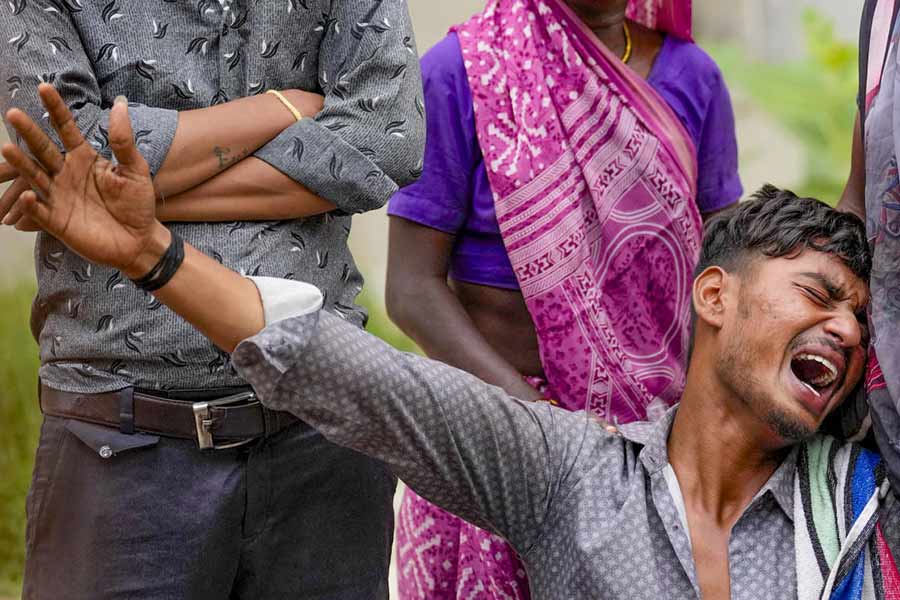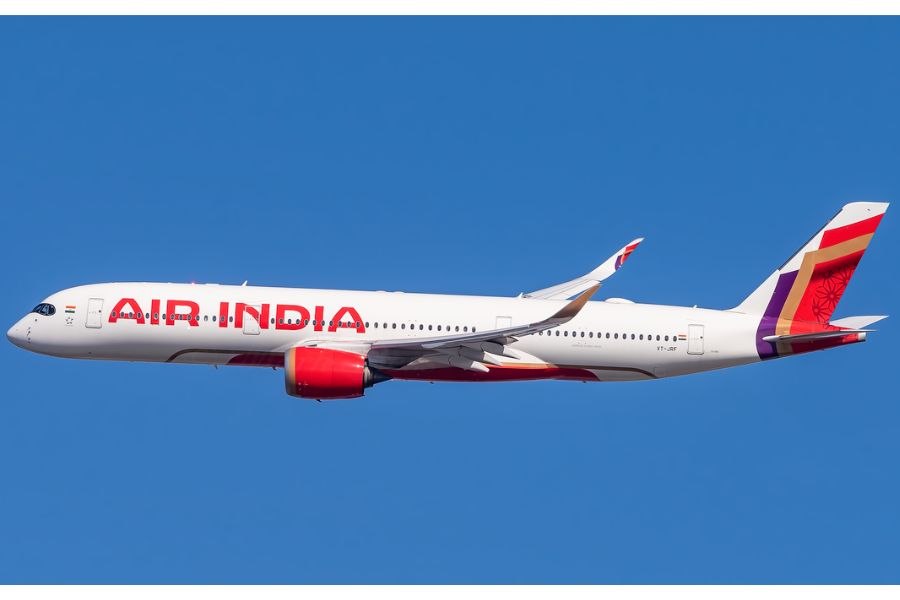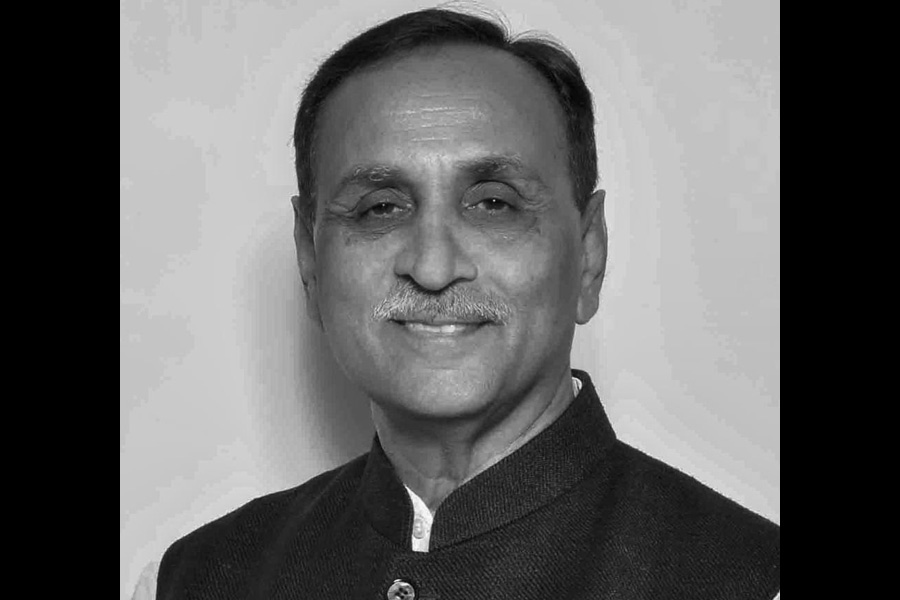Guwahati, May 14: The Assam Higher Secondary exams 2008 today threw up the best results in the history of the state, thanks to wide-ranging reforms brought in by the Assam Higher Secondary Education Council (AHSEC) on the recommendations of the Council of Boards of School Education (CoBSE).
The results saw the highest ever pass percentage in science stream — 80.73 — an almost 12 per cent jump from previous year’s 68.44 per cent.
The Arts and Commerce streams fared well enough — with 69.96 and 65.33 pass percentage respectively.
The Assam education council attributed the stupendous show to its serious efforts to follow CoBSE’s recommendations to bring about examination reforms.
The CoBSE provides a common platform for mutual consultation to ensure quality school education.
AHSEC chairman Mohsin Ali said: “In May, 2005, CoBSE called a meeting in New Delhi, which was attended by our officials. Various recommendations were adopted at the end of the meeting to ensure quality education. The AHSEC decided to follow the recommendations. First, we decided to do away with the stress factor from the examination and accordingly chalked out a new question paper module. The council started setting question papers, which students could finish quite early and get adequate time for revision to avoid mistakes.”
“The results are showing now,” he added.
Besides, a pep talk to examiners to drop their “ego” before starting evaluation also contributed to the success.
“Just before evaluation of answerscripts started, the AHSEC convened a meeting of examiners and requested them to shed their ego and their conservative mentality of not giving full marks. They were told that no student should be deprived of his deserving marks,” Ali said.
He said since 2005, the AHSEC has been trying to implement the recommendations of CoBSE to bring about sea changes in the examination system.
The CoBSE’s “stress-buster” suggestions included allowing candidates 15 minutes’ time before the start of an examination to read the question paper thoroughly.
Besides, the syllabi of Classes XI and XII were de-linked. The exam was based on questions only from the Class XII syllabus.
Bulu Devi, a teacher of Dergaon Higher Secondary School, admitted that: “The new pattern of question papers and evaluation did help the candidates to a great extent. We received instructions to be liberal while awarding marks”.
While Gauhati Commerce College took almost all the top positions in the commerce stream, Dibrugarh and Nalbari had their share of success stories.
At the Salt Brook Academy in Dibrugarh, teachers and students broke into wild Bihu dance as Anindita Borah emerged as the joint topper in the science stream while two other students — Abdul Aziz (5th) and Biswajeet Sarkar (8th) — were among the top 10.
Cotton College, the premier institute of the state, celebrated too, as 10 of its students found place in the top 10 positions in science stream led by Nitul Khataniar who was the joint topper, with Anindita.
Nikita Jhabak of the Gauhati Commerce College, who stood first in the Commerce stream, reacted with disbelief after she received the “good news” from her uncle.
The first rank holder in the Arts stream, Mukul Haloi of Nalbari, attributed his success to the improvement in education standards in small towns.
Chief minister Tarun Gogoi, who is in China on an official trip, congratulated all the successful candidates and hoped that “they will become good citizens through hard work”.











